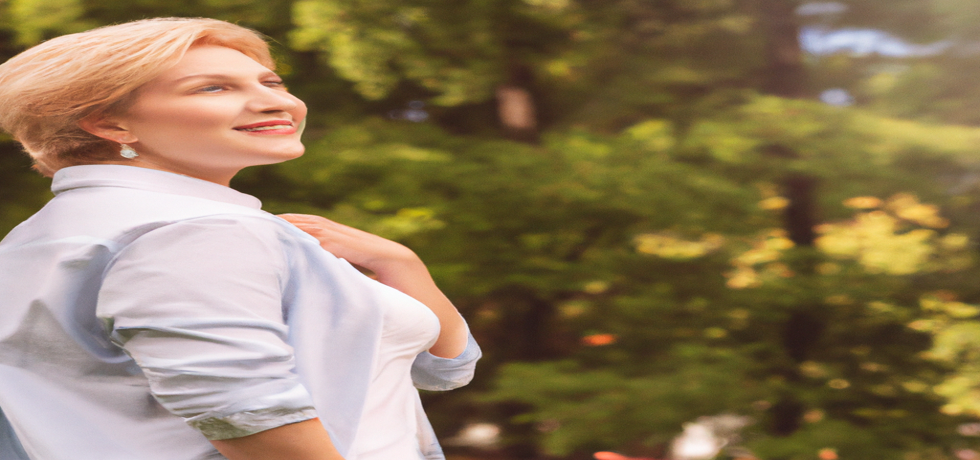
The Ultimate Guide to Acrochordons
Understanding Acrochordons: The Basics
Acrochordons, commonly known as skin tags, are benign growths that most often appear on areas of the body where skin rubs against skin, such as the neck, armpits, and eyelids. While they are harmless in nature, many people seek acrochordons treatment for cosmetic reasons. Knowing what these growths are, why they occur, and how to manage them is essential for anyone who has them. This guide aims to shed light on these skin anomalies.
The Causes of Acrochordons
Although the exact reason behind the formation of acrochordons is still unclear, several factors may contribute to their development. Increased skin friction, hormonal changes, and genetic predisposition all play a role. They are more common in individuals who are overweight or have diabetes. As your body undergoes changes, especially during significant weight fluctuations or pregnancy, acrochordons may appear more frequently.
Are Acrochordons Safe?
One of the important things to note about acrochordons is that they are completely harmless. These growths are non-cancerous and do not typically lead to any serious health issues. However, some individuals may experience discomfort or irritation if their skin tags snag on clothing or jewelry. If this occurs, it is advisable to consult a dermatologist. They can provide information on the acrochordons treatment options that are available.
How to Remove Acrochordons
People often look for solutions to remove acrochordons for aesthetic reasons. There are various methods available, including surgical excision, cryotherapy, and cauterization, which can be performed by professionals. While there are home remedies circulating, it is essential to seek professional advice for safe and effective removal techniques. Consulting a dermatologist ensures that you understand the best approach for your situation.
Preventing Future Acrochordons
While acrochordons are often harmless, one may wish to take measures to prevent their formation. Maintaining a healthy weight through diet and exercise, as well as managing blood sugar levels, can potentially reduce the risk. Additionally, opting for loose-fitting clothing can minimize skin friction, helping to lessen the chances of developing more acrochordons.
When to Consult a Professional
If you notice new or changing skin tags, it is crucial to consult a professional. A dermatologist can provide comprehensive evaluations and discuss various acrochordons treatment options tailored to your needs. Regular skin check-ups are beneficial as they can identify any unusual growths or skin changes early on.
FAQ About Acrochordons
Q: Can acrochordons turn into cancer?
A: No, acrochordons are benign and do not turn into cancer.
Q: Are there any home remedies for acrochordons?
A: While some home remedies exist, it is always best to seek professional treatment to ensure safety and effectiveness.
A: No, acrochordons are benign and do not turn into cancer.
Q: Are there any home remedies for acrochordons?
A: While some home remedies exist, it is always best to seek professional treatment to ensure safety and effectiveness.
Conclusion and Actionable Advice
Acrochordons are a common skin concern that can easily be managed with professional help. If you’re experiencing discomfort or embarrassment due to skin tags, don’t hesitate to reach out to a dermatologist. They can guide you on the best treatments available. Stay proactive in your skin health, and regularly monitor any changes in your skin. For professional assistance and expert advice from leading dermatologists like Dr. Hital Patel, experience the benefits of The Ultimate Guide to Acrochordons with Hair & Skin Specialist Dr. Hital Patel at The Skin Artistry. Our clinics in PDPU Gandhinagar, Vastrapur Ahmedabad, and Hyderabad offer top-quality care and personalized treatments. Visit us today to learn more about our services and take advantage of our special offers! For more insights, updates, or to collaborate, stay connected with The Skin Artistry.

